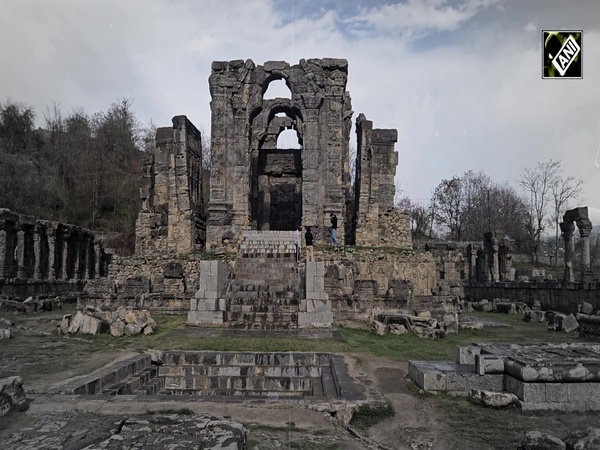Tracing the Ramayana Trail: India's railway stations echo epic's cultural impact
Jan 17, 2024

New Delhi [India], January 17 : India's vast railway network, comprising a staggering 8,911 stations, is not just a testament to modern transportation but also weaves a tapestry of cultural and historical significance.
Recent findings reveal an intriguing correlation between railway stations, place names and the epic Ramayana, showcasing the enduring influence of this ancient narrative on the country's diverse landscapes.
As per the database, among the 8,911 railway stations, an impressive more than 350 stations proudly carry the name 'Ram,' reflecting the reverence accorded to this iconic figure in Indian tradition.
More than 55 stations initiate their nomenclature with 'Ram,' emphasizing the cultural resonance embedded in the very beginning of these names.
Ramayan-inspired places along the tracks include Guntur, Rajahmundry, Samalkot, Vishakhapatnam, and Vizianagaram in Andhra Pradesh; Murkongselek in Assam; Ambassa in Tripura; Silchar in Assam; Bhagalpur, Munger, Barauni, Muzaffarpur and Samastipur in Bihar; Durg, Raipur, and Bilaspur in Chhattisgarh.
It also includes various places in Punjab; Jammu and Kashmir; Gumla in Jharkhand; Mysuru and Bengaluru in Karnataka; Chitradurg, Belagavi and Dasaratha Rameshwara in Karnataka; various locations like Chitrakoot in Madhya Pradesh; various places in Maharashtra; Rameshwaram, Trichy and Ramanathapuram in Tamil Nadu; Mahendragiri in Odisha and Nandigram, Prayagraj and Chitrakoot in Uttar Pradesh are all intricately linked to the Ramayan.
It is also pertinent to note that the influence of Ramayana extends beyond railway stations, with cultural nuances found in regions like Tripura, Punjab, Jammu and Kashmir, Jharkhand, Mysuru, Bengaluru, Chitradurg, Belagavi, Madhya Pradesh, Maharashtra, Tamil Nadu and Odisha.
The connection between Dogra rulers in Jammu and Kashmir and Lord Ram, the visit of Sikh Gurus to Ayodhya and the influence of Ramayana in Kashmiri society reflect the broad cultural impact.
Similarly, in Jharkhand, Gumla is believed to be the birthplace of Hanuman, adding a mythical touch to the region's heritage.
Cities like Silchar and Siliguri are actively engaging in sculptors and artistic representations based on the life events of Shri Ram, fostering a modern interpretation of the epic.
This interweaving of the Ramayana into India's railway stations and cultural landmarks underscores the timeless and pervasive nature of this epic narrative, continuing to shape the nation's cultural identity.
On the historic occasion of 'Pran Pratishtha' of Lord Ram in the newly built temple in Ayodhya, Indian Railways has planned to lighten up all railway stations on January 21 and 22.

















